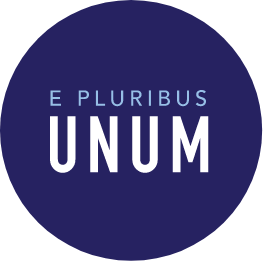
Reid Goldstein
Arlington County, VA
Mr. Goldstein is an active advocate and volunteer in his neighborhood and has served on the Arlington Public Schools Advisory Council on Instruction, the Superintendent’s Strategic Planning Committee, and on the Arlington Civic Federation Schools Committee. Mr. Goldstein is also a Board member of the Arlington County Affordable Housing Task Force and President of the Columbia Pike Revitalization Organization Board of Directors. Mr. Goldstein holds a B.A. in Political Science from the State University of New York and a M.A. in International Relations from Johns Hopkins University.
Budgeting for Equity in Arlington, Virginia
Arlington School Board Chair Reid Goldstein aligns budget to match student needs
In the 2018-2019 school year, students in Arlington, Virginia outpaced their peers statewide on state tests—their passing rate in reading, writing, math, and science was well above the state average. Reid Goldstein, chair of the board of Arlington Public Schools, was proud of this. But he also knew that success wasn’t evenly distributed across students or schools. He became an E Pluribus Unum Fellow to address the intersection of racial and educational inequity in his district.
While around 95% of white students passed state tests in math that year, for example, just over 75% of Black and Hispanic students did. And though the overall passing rate in math was nearly 90%, just around 75% percent of economically disadvantaged students passed. Around 60% of both students learning English and students with disabilities passed.
Goldstein knew that lower test scores didn’t reflect different levels of potential. They represented different opportunities and resources. Goldstein saw that scores were split across the county, with scores in the generally white and affluent North Arlington being higher than those in South Arlington where there were more newly arrived, lower-income, and multicultural households.
